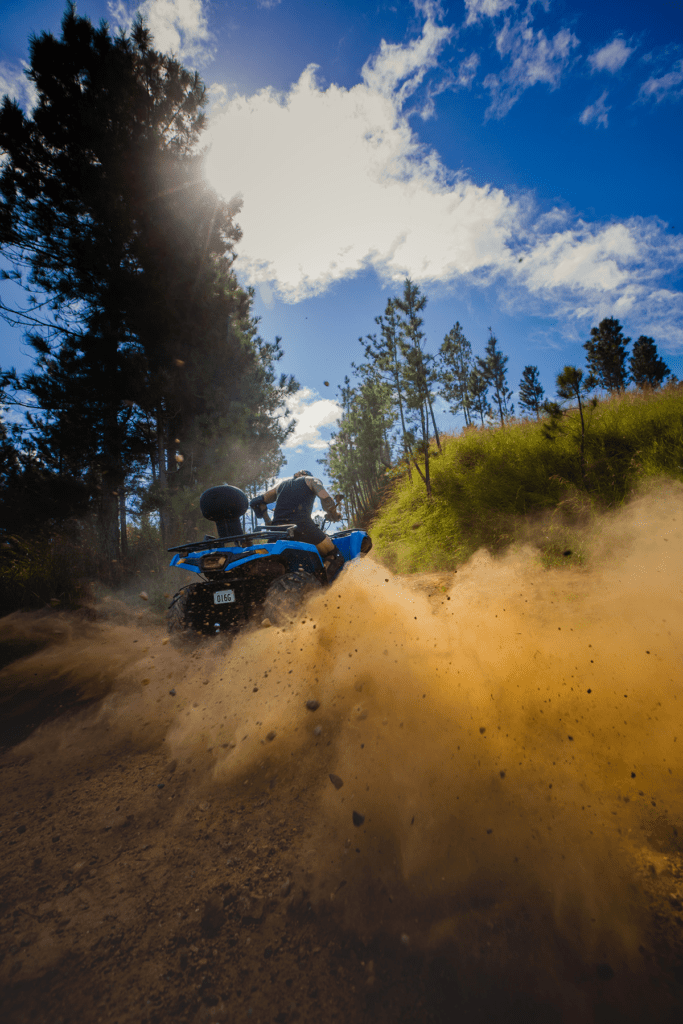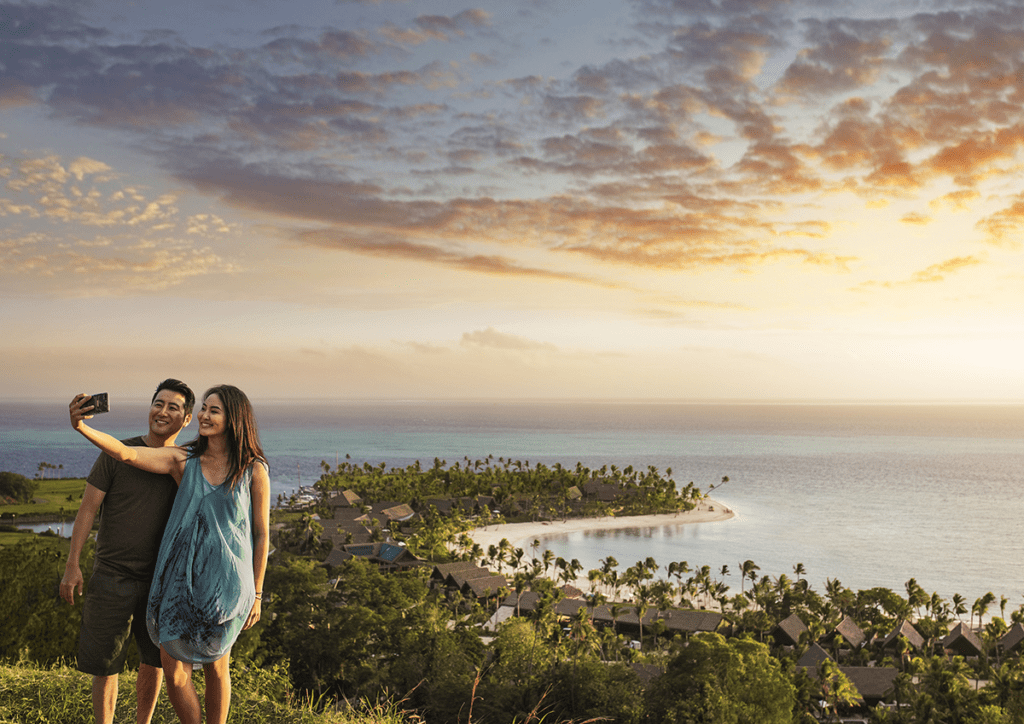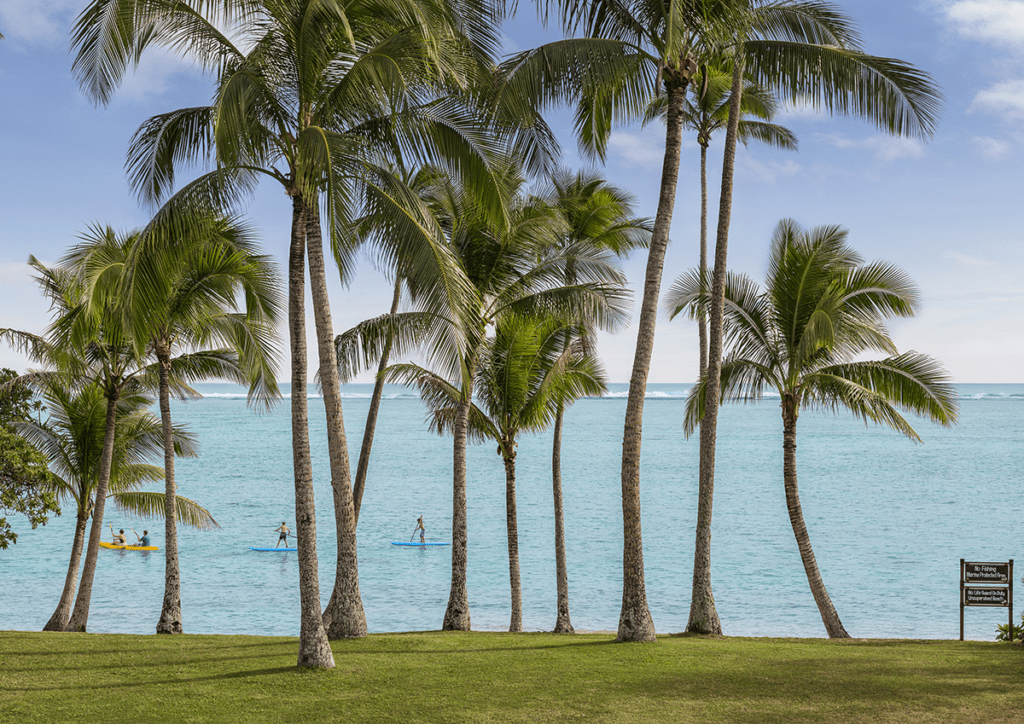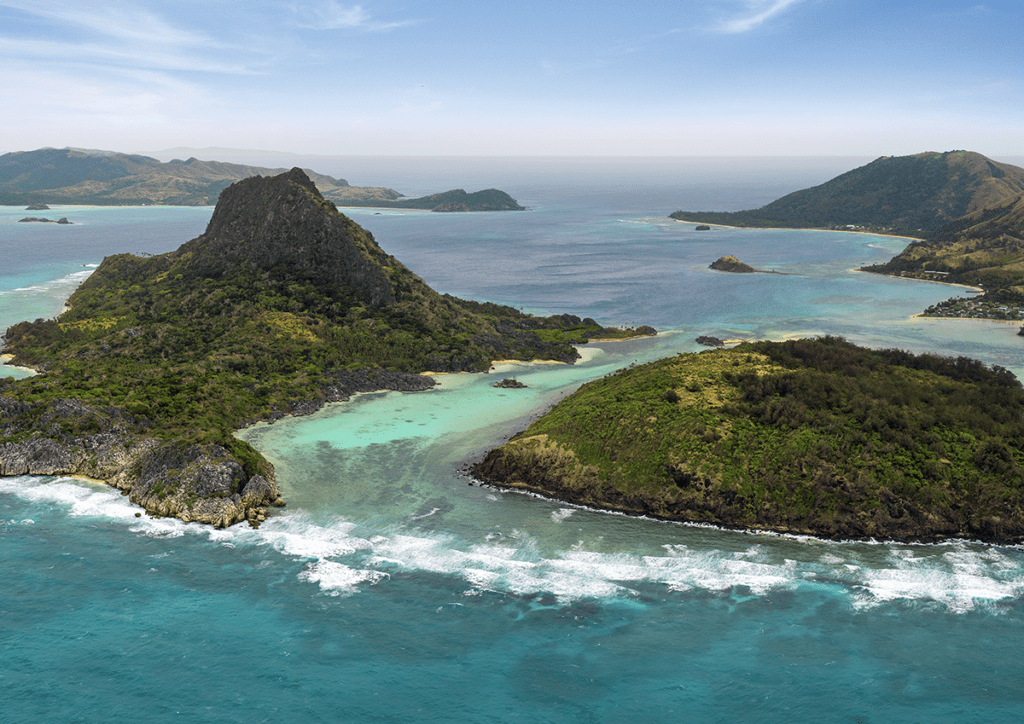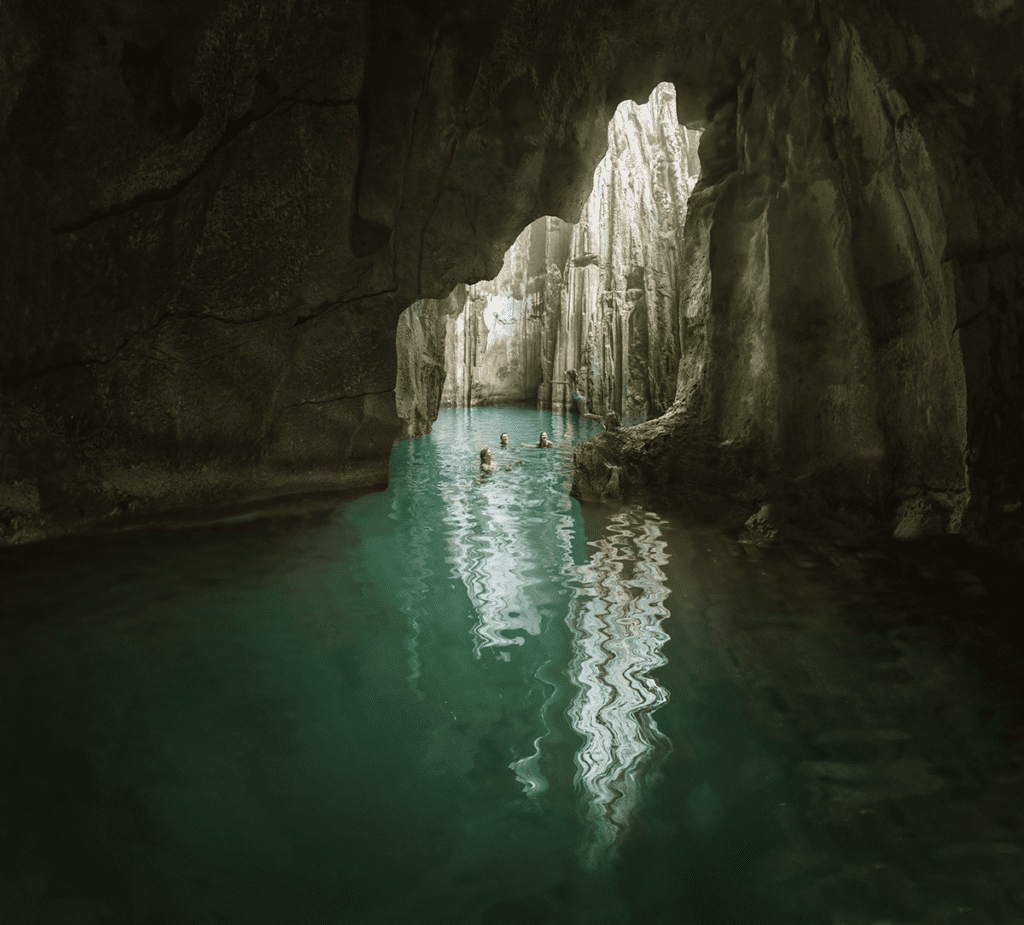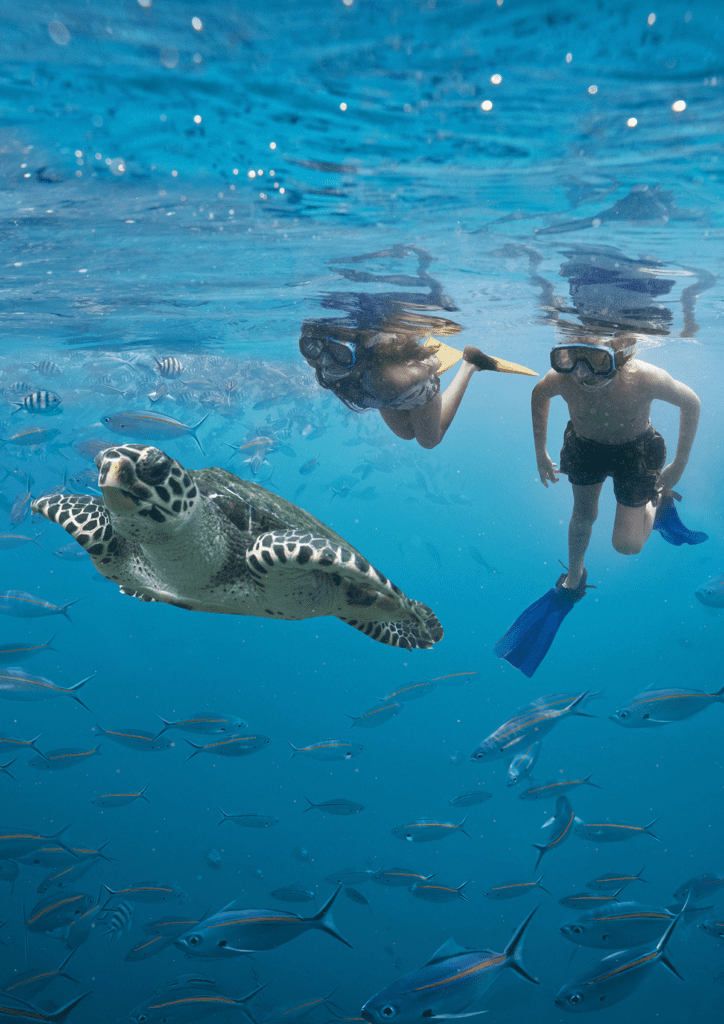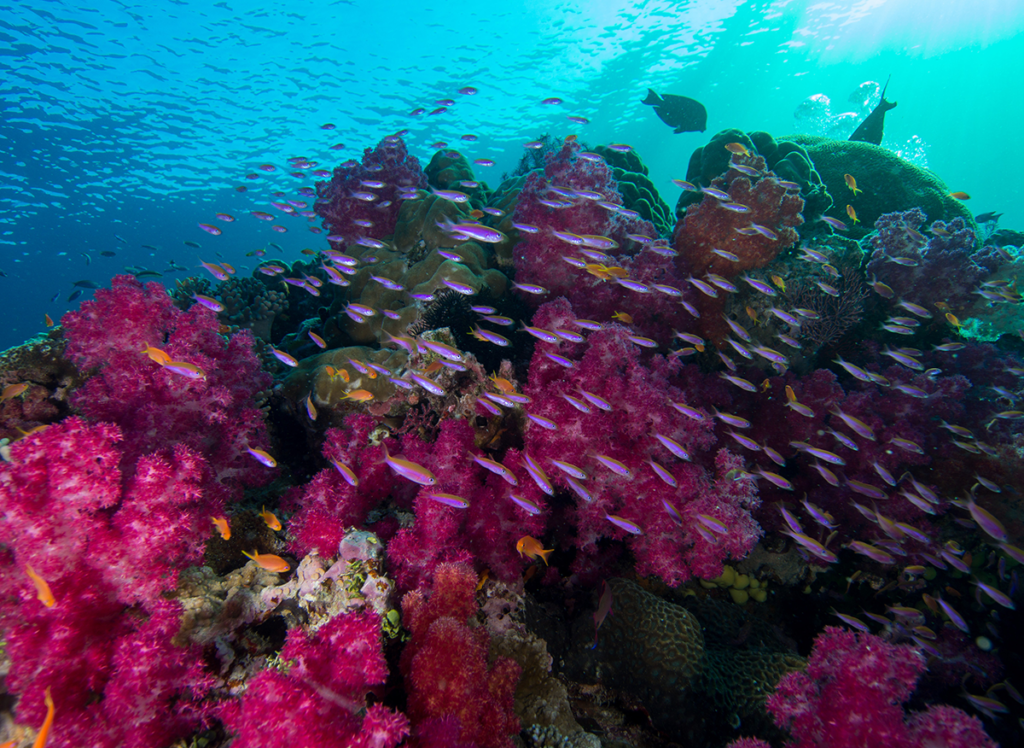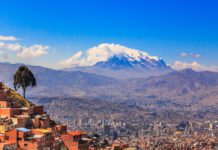Ah, an island paradise that checks every box on your list – with 330 idyllic islands, Fiji is bound to have one or two you like.
This South Pacific archipelago, defined by aquamarine waters, palm tree-infused white sand beaches, amazing coral reefs, crystal clear lagoons and lush rainforests, also touts a cuisine, featuring curries and seafood, like none other.
The indigenous culture is bewitchingly rich in tradition and ritual, from the fire-walkers at Mariamma Temple to Kava ceremonies featuring a root-based plant crushed into a drink known to make you feel quite mellow.
Movie-goers might know Fiji from The Blue Lagoon (the marooned Brooke Shields rising out of the sparkling surf after being shipwrecked) and Cast Away (Tom Hanks surviving for years on a deserted island with his volleyball/buddy, Wilson).
East of Australia and north of New Zealand, the islands are renowned for swimming, windsurfing, whitewater rafting, fishing, hiking, sailing, ocean surfing … and golf. Despite having limited territory, the sport is enormously popular in Fiji. Natadola, home of the Fiji Open, is an exquisite course designed by native Vijay Singh, once a regular on the PGA Tour. Other significant 18 holes are the Pacific Harbour’s tough Pearl Champion course and the Denarau Golf and Racquet Club.
Fiji also attracts skin and scuba divers. Known as the Soft Coral Capital of the World, Fiji has abundant, colorful specimens that are largely undisturbed. The Great Astrolabe Reef, surrounding the islands and atolls, affords divers up-close encounters with hundreds of varieties of fish and coral. Snorkeling fans can also explore the Great Sea Reef, the world’s third-longest barrier reef.
Bouma National Heritage Park is home to the three Tavoro Falls (the first one is nearly 80 feet high), which are near the visitor center. Picturesque pools lie beneath each of the falls and offer cool respites for hikers before or after they hit the Vidawa Rainforest Trail.
Before unlacing your hiking boots, head to Koroyanitu National Heritage Park. Natives from six villages within the park oversee the trails and overlooks. It’s about a four-hour hike to the summit of Castle Rock but intrepid souls are rewarded with spectacular, panoramic views of the Mamanuca and Yasawa islands.
Human-made fun is plentiful as well. Zip-liners catch thrills at the Orchid Falls and Jungle Safari, nestled at the base of Fiji’s famous Sleeping Giant Mountain in Sabeto Valley. The adventure park offers 10 zip tours; one is 525 feet and produces speeds of up to 25 mph.
Shopping is fantastic, particularly in Nadi, Suva and Lautoka. Best buys are silks, coconut-palmwood furniture and native crafts.
Fans of fruit should note that Fiji is home to pineapples, watermelons, coconuts, cantaloupe, bananas, mangoes and papaya. Also native to Fiji, sugar cane is the country’s No. 1 export; sugar was first produced on the islands in 1862.
Recounting the country’s history, the Fiji Museum in the famed Victorian-era Thurston Gardens in the port city of Suva has an extensive collection of artifacts, some dating to 3,700 years ago. Objects that once belonged to indigenous people offer clues to the early culture of Fiji.
Two major islands, Viti Levu (the nation’s capital) and Vanua Levu, contain most of the population. Resorts are many and varied, from the high-end Wakaya Club and Spa on Wakaya Island and the exclusive Matamanoa Island Resort Fiji (adults only) to the Blue Lagoon Beach and the Outrigger Fiji Beach resorts, which cater to families.
Fiji has two seasons: warm and warmer. You can’t go wrong. As the natives say, “Bula” – hello and good health. Welcome to paradise.























